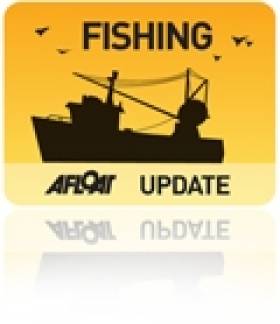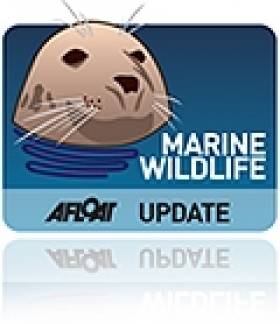Displaying items by tag: mauve stinger
Galway Fishermen To Get CFP Funds While Jellyfish Cause Salmon Losses
#Fishing - Galway fishermen will be among those in receipt of a €6.5 billon aid package to help Europe's fleets comply with the discard ban under the reformed Common Fisheries Policy that was approved by the European Parliament this week.
Galway Bay FM says the funding will go towards the purchase of more advanced selective fishing gear and improving safety on board fishing vessels, as well as updating port infrastructure.
Meanwhile, Galway Bay FM also reports that losses at salmon farms on the west coast are being attributed to attacks by jellyfish.
Bord Iascaigh Mhara (BIM) says the mauve stinger (Pelagia noctiluca), which normally inhabits the deep ocean and rarely comes inshore, has been getting into open cage salmon rearing stations.
Michael Viney writes in The Irish Times on growing concerns over lion's mane jellyfish and other harmful species in Irish waters.
The lion's mane is among the largest jellies found in Ireland and comes with a powerful sting, enough to disrupt "the stoical bliss normal to Dublin's Forty Foot bathing cove".
"Last year, the jellyfish was even more abundant in the Irish Sea than in 2009, and sightings from ferries found them from coast to coast," says Viney, who notes their and other jellies' dangerous effects on the marine industry and ocean ecosystems.
The decline of certain plankton-feeding species such as herring due to overfishing, coupled with a rise in sea temperature, has led to a marked increase of jellyfish of many different species in our waters such as the mauve stinger, which is blamed for decimating a Co Antrim fish farm's entire salmon stock.
The Irish Times has more on the story HERE.

























































